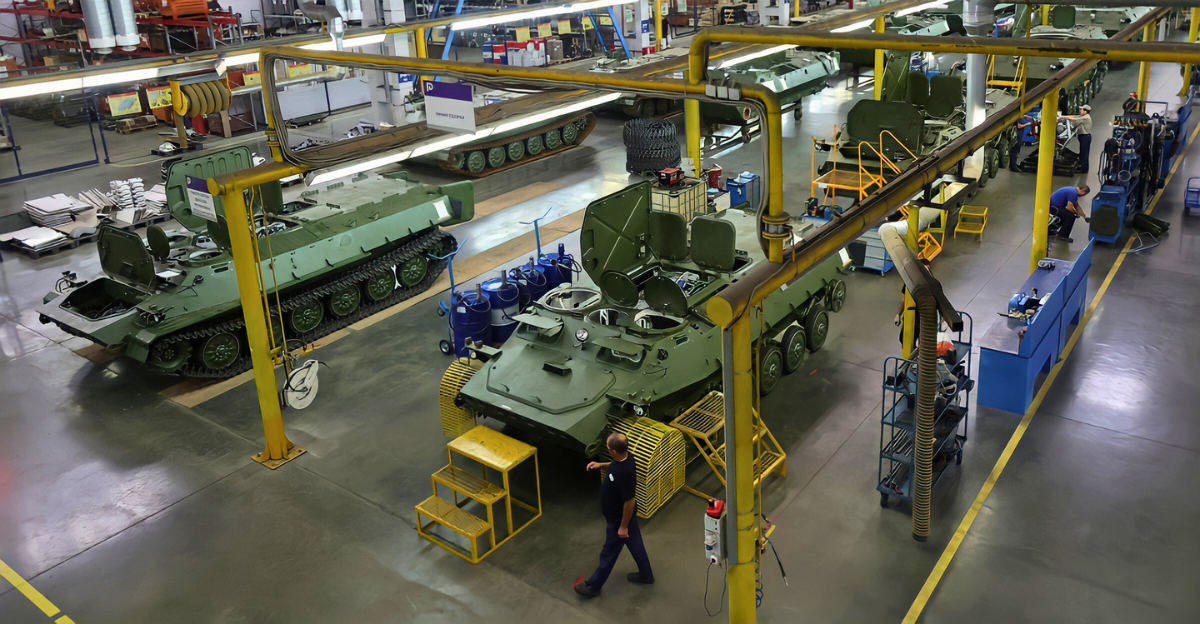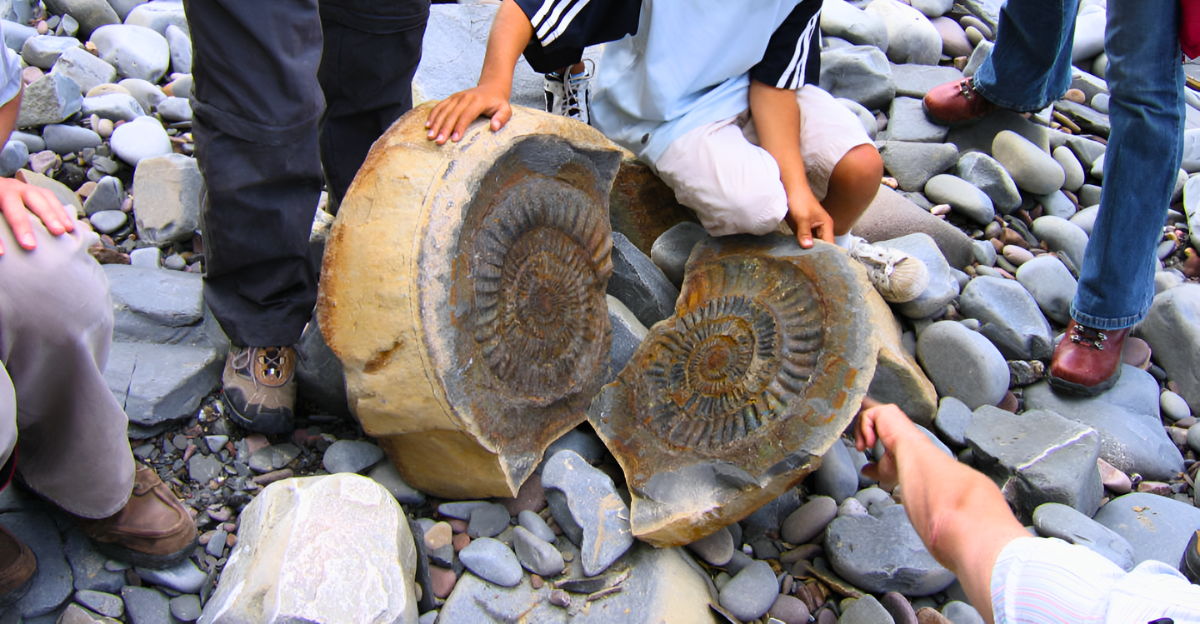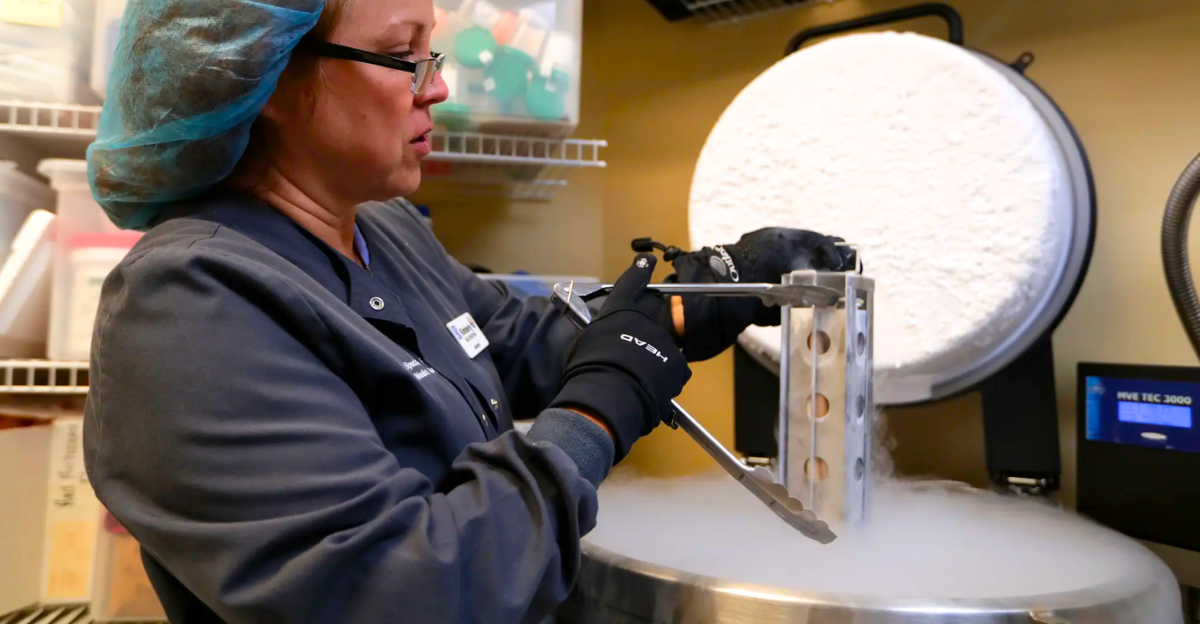
For centuries, stories have circulated of an underground maze beneath the streets of Cusco, Peru; once the capital of the mighty Inca Empire.
Locals whispered about hidden tunnels and lost passageways. Historians found clues in old texts. Now, archaeologists say they’ve discovered something tangible: a vast subterranean network stretching over 1,750 meters. But what was its purpose? And could it connect to ancient myths of gold and power?
A City Built on History
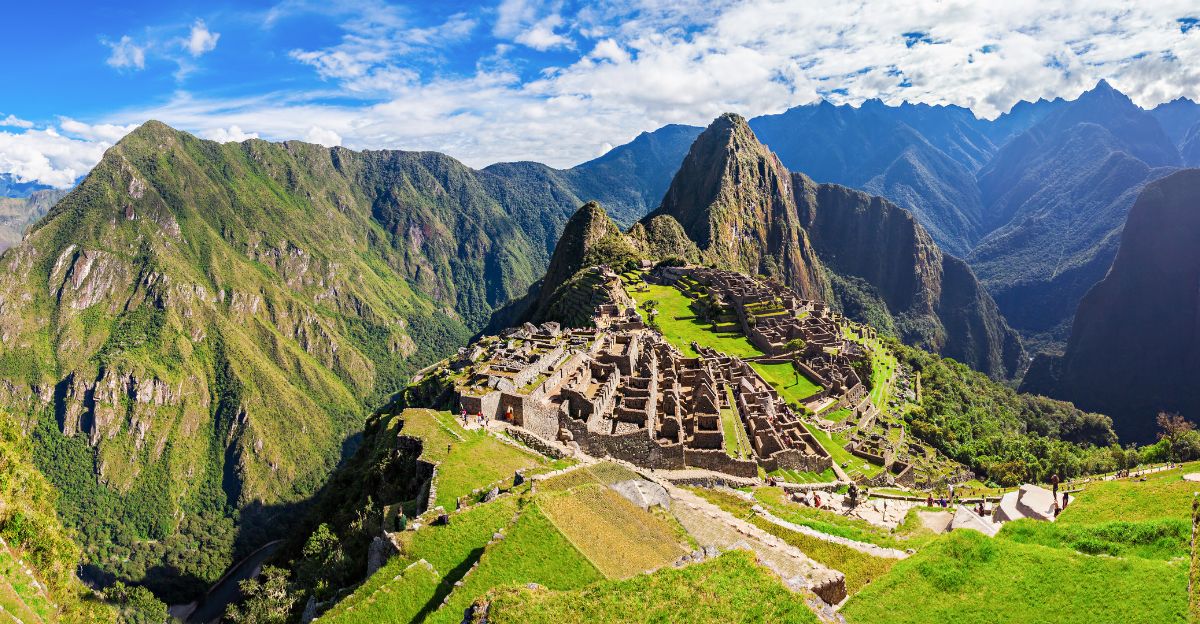
Cusco was more than just a city. It was the beating heart of the Inca Empire: an empire known for its engineering and mysterious architecture.
Streets, temples, and stonework above ground still stand today. But some have long suspected there’s more beneath the surface.
Myths That Wouldn’t Die

Since the 16th century, Spanish chroniclers, Jesuits, and local Indigenous stories have all hinted at something hidden under Cusco.
Old writings described tunnels connecting temples, cathedrals, and even a fortress. Were these just exaggerated tales from a time of conquest? Or was there truth buried below?
The Breakthrough Discovery
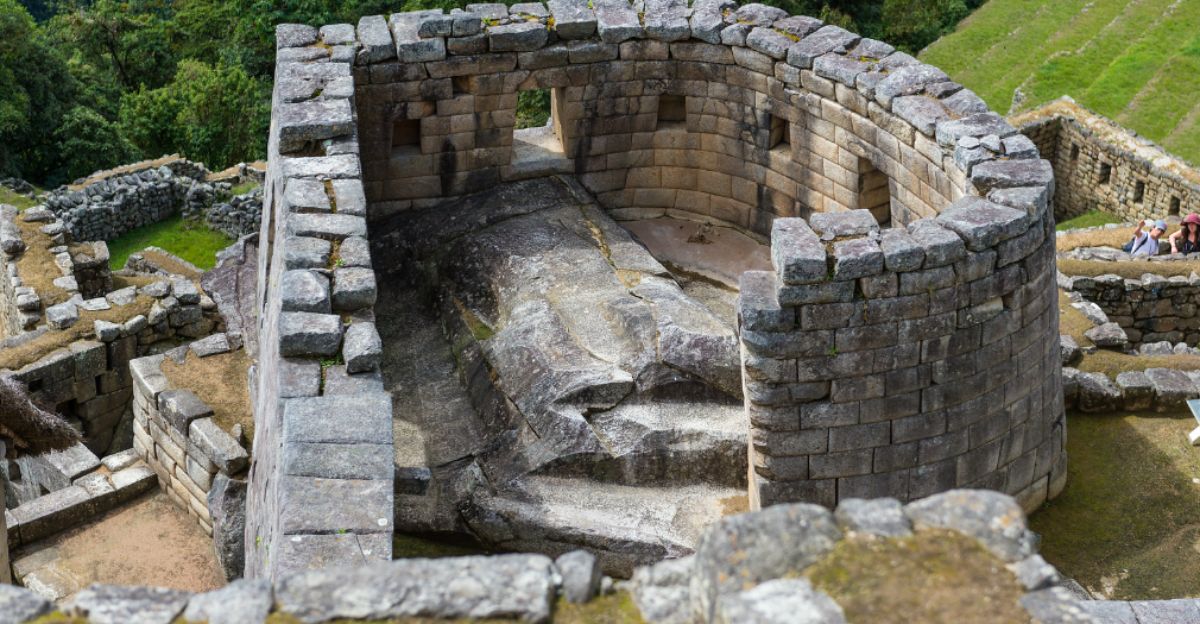
In 2025, Peruvian archaeologist Jorge Calero Flores announced that his team had confirmed the presence of a real labyrinth beneath the city.
Using advanced scanning tools and old maps as guides, they uncovered a tunnel system that stretches over a mile: from the Temple of the Sun to the fortress of Sacsahuaman.
A Labyrinth Called Chincana
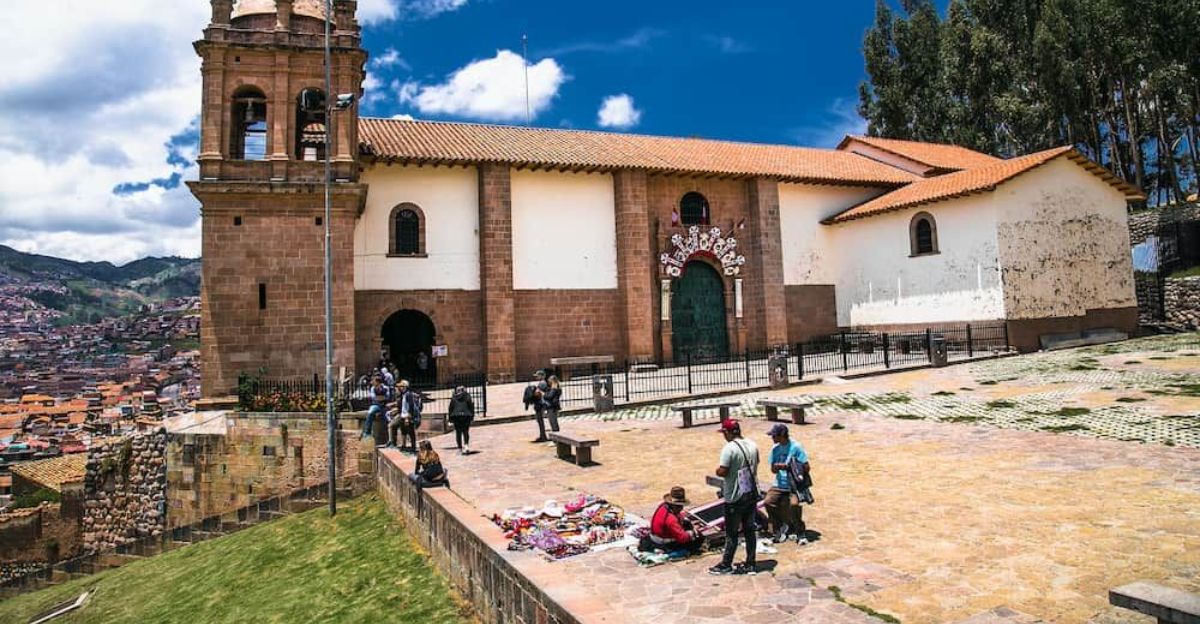
The tunnel network is known as a chincana: a Quechua word loosely meaning “place where one gets lost.” That name feels fitting.
It weaves through the city’s underground in three main branches, one reaching Callispuquio and another beneath the Church of San Cristóbal.
Jesuit Clues from the Past
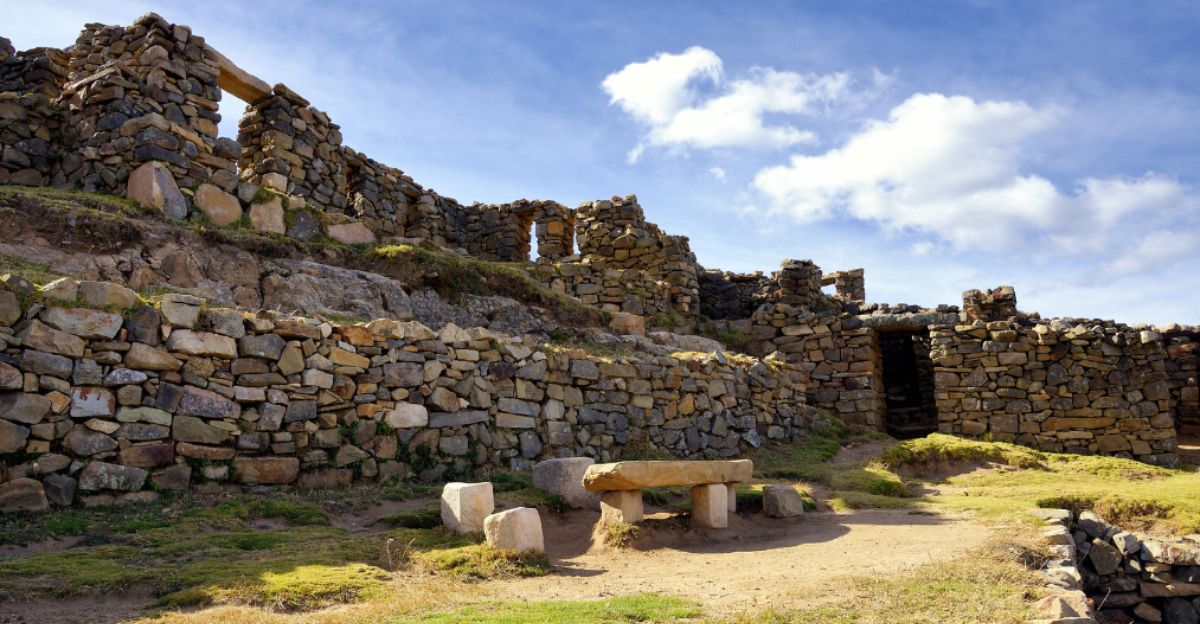
The search began in part with a Jesuit text from 1594. It mentioned a tunnel leading from the bishop’s residence to the cathedral, built over the Temple of the Sun.
Chronicler Anello de Oliva later described additional passages, sparking renewed interest among archaeologists.
How They Found It
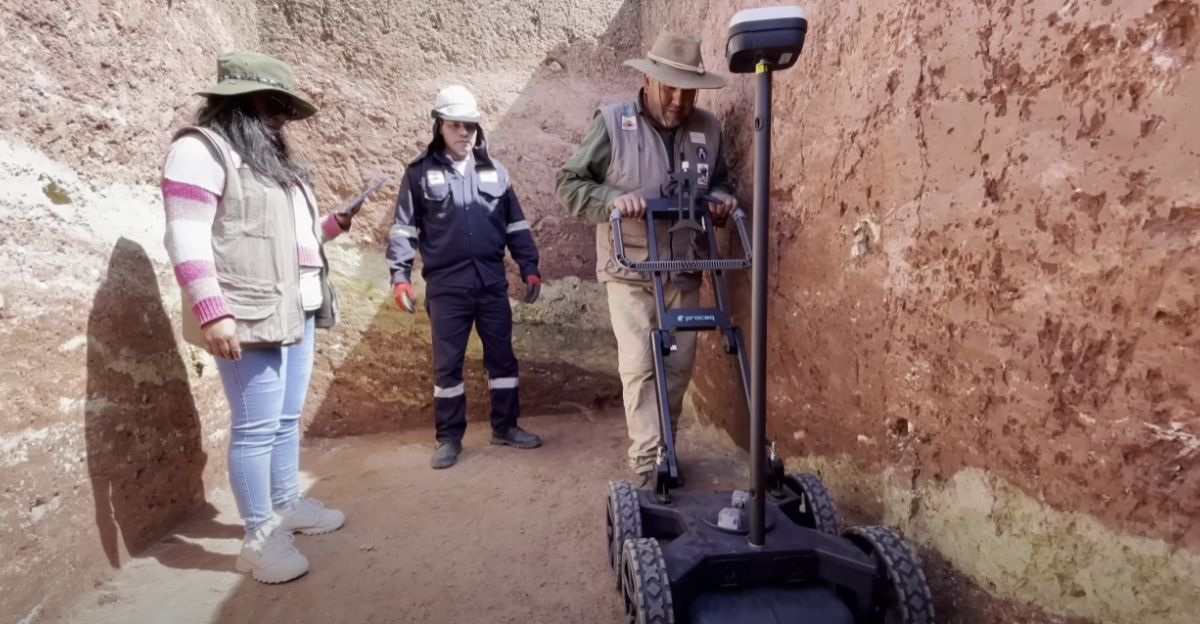
Before digging, the team used acoustic scanning to detect hollow areas under Cusco. These sound-based tools revealed where underground spaces might be hiding.
Then they followed up with ground-penetrating radar, which confirmed the outline of the hidden tunnel system.
What the Tunnels Look Like
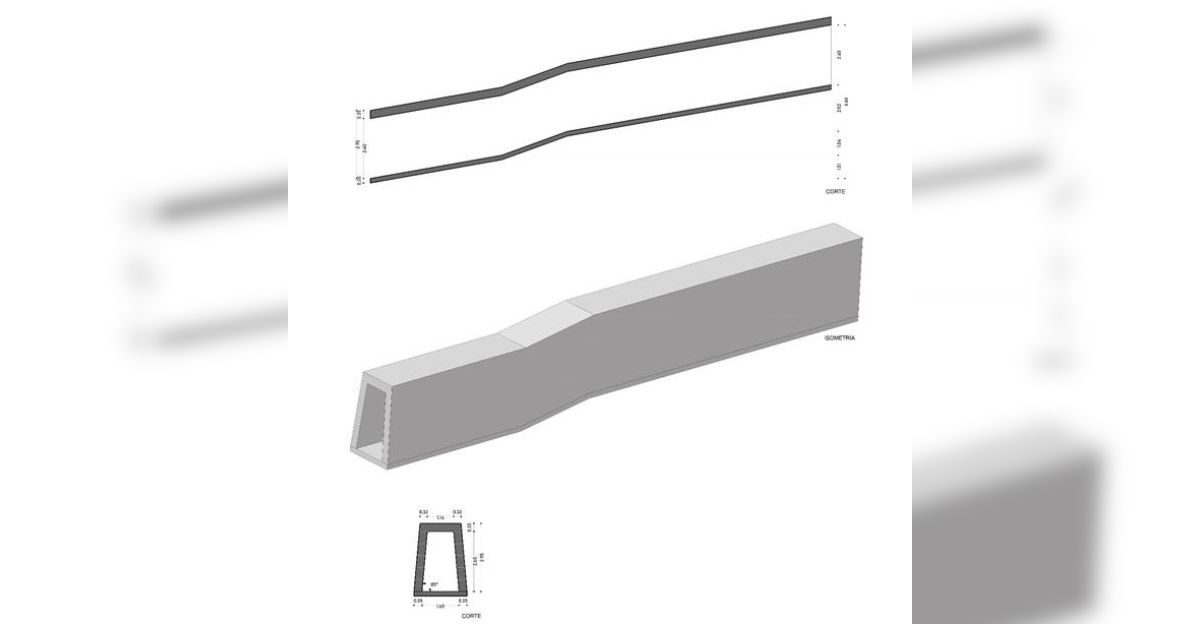
According to the team, the main tunnel is around 8.5 feet wide and just over 5 feet tall. Researchers believe it’s big enough that an Inca noble could have been carried through it in a litter. The walls were built with stone, and carved beams supported the ceiling.
Built with Cut-and-Cover

The tunnels were likely constructed using a method called “cut and cover.” Workers would dig trenches, build stone-lined walls and supports, and then cover them with beams and fill. This technique was common in ancient civilizations that needed durable underground spaces.
What Were They For?
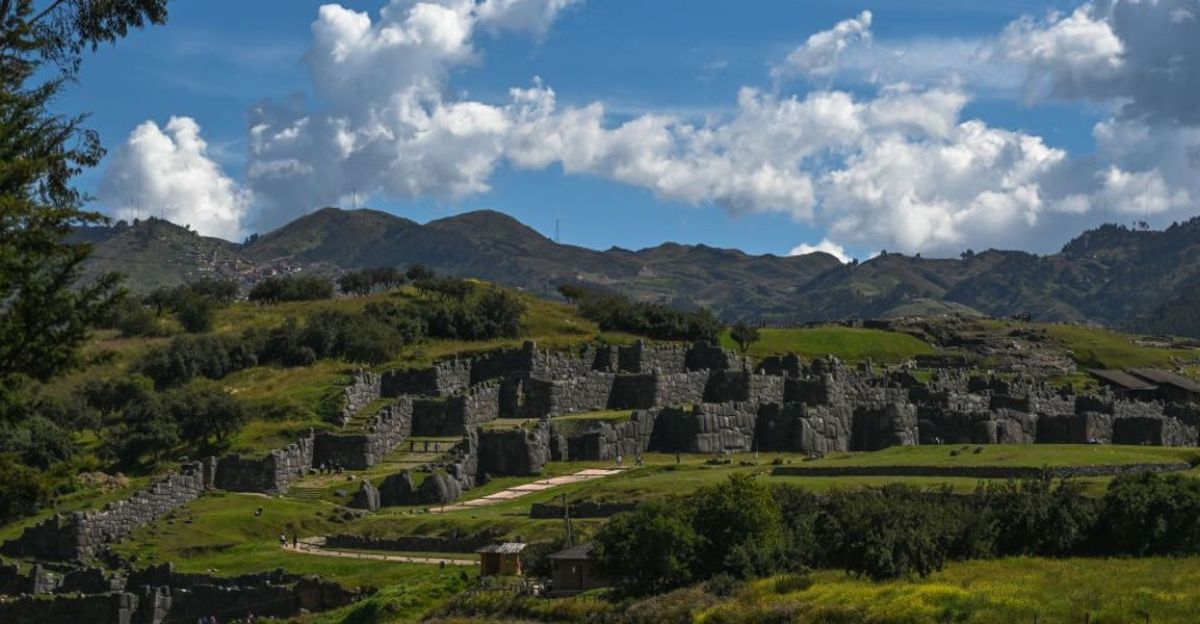
No one knows for sure. Some suggest the tunnels were ceremonial, while others think they were for secret movement between important sites.
Their size and build suggest they weren’t just storage or drainage systems, and the mystery adds to their appeal.
The ‘El Dorado’ Connection

Legends of hidden cities filled with gold. like El Dorado, have long been tied to Peru. While there’s no proof the tunnels were used to hide treasure, the mythic feel of a vast secret labyrinth has reignited those age-old theories. What else might be down there?
Entering the Chincana

Archaeologist Mildred Fernandez Palomino says the next step is carefully excavating entrance points. The tunnels are currently sealed or partially collapsed in some areas, but the team hopes to open access and study the labyrinth from within.
A Map Below the City
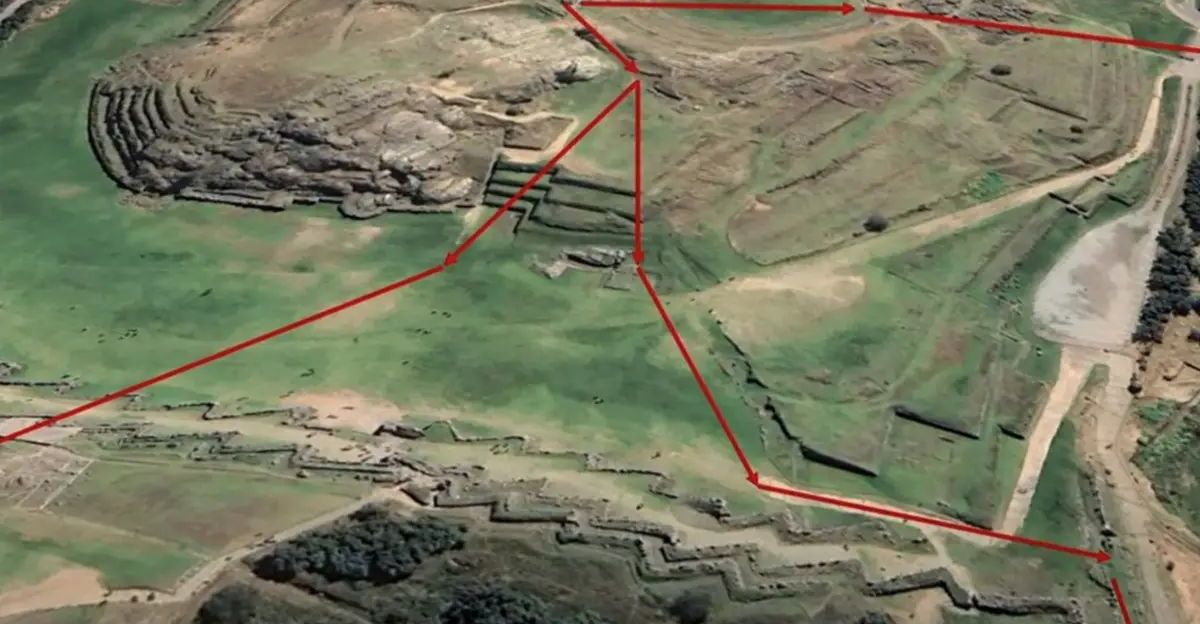
Some experts believe the tunnels mirror the layout of ancient Cusco above ground. If true, this network may have functioned like a hidden twin of the city, serving as a secure route for movement or as a symbolic reflection of power and structure.
A Contemporary City on Ancient Foundations

Today, Cusco is a bustling city and a well-known tourist destination, especially Machu Picchu. But beneath its paved streets, this ancient maze still holds secrets from the Inca civilization.
What’s Next?
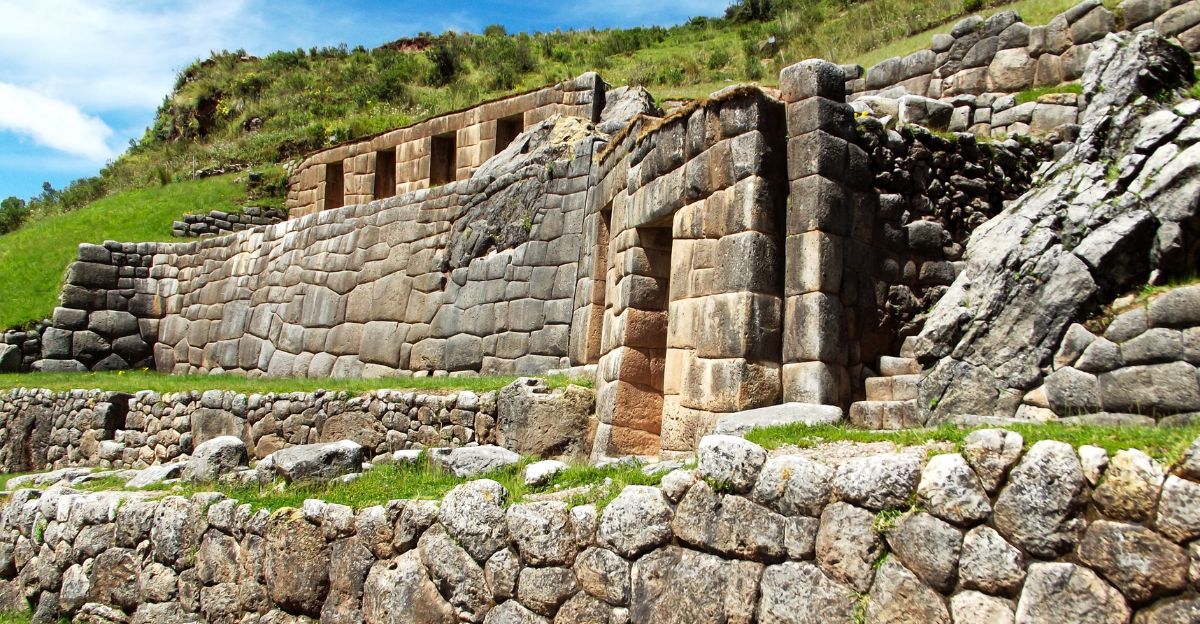
With new technology and renewed curiosity, scientists are only just starting to understand the scope and significance of the Inca maze.
Future digs might reveal chambers, artifacts, or carvings. In the meantime, the mystery lingers deep below the stone passageways of Cusco.


